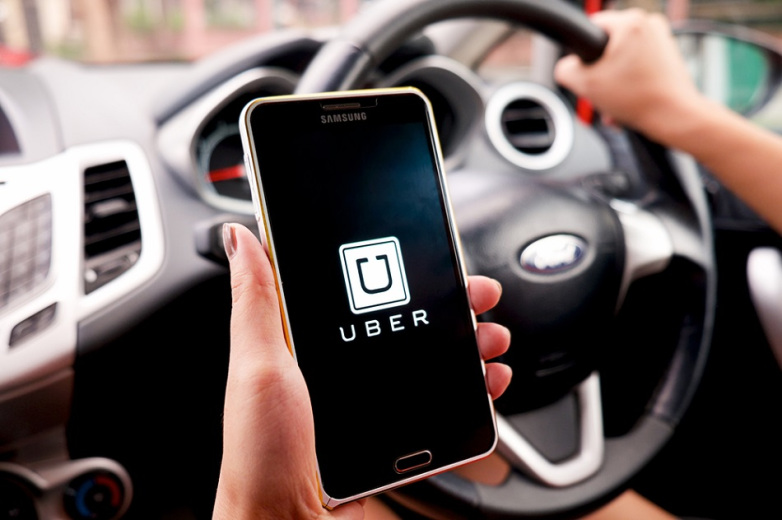
As civilization becomes evermore digital, young consumers, who generally flock to the sharing economy, are seeking services that are both peer-to-peer and tokenized. And one burgeoning startup is giving Uber and Lyft some unexpected competition.
Arcade City: Ridesharing of the Future
“Drivers are angry and rightfully so. Their take-home pay was just slashed up to 40% by some nerds in San Francisco who don’t even drive. Arcade City is here to do things differently,” Christopher David boldly commented when the startup first began. David was committed to using the Ethereum blockchain to help facilitate a better relationship between riders and drivers by eliminating the need for an intermediary, like Uber. In David’s model, this is done by using smart contracts between all parties. This also eliminates any potential contention that may arise between the middleman and the drivers since everything is already agreed upon and facilitated through an algorithm, rather than fallible humans.
While some might prefer Uber’s quick matchup between rider and driver, the market thrives on choice. And for some riders, building a relationship with their driver is important.This type of model actually builds relationships between the rider and driver. Unlike Uber and Lyft, if you really like your Arcade City driver, you can arrange to use them as often as possible, further guaranteeing a positive experience. It also further incentivizes the drivers to offer you a quality experience. While Uber uses its star ratings to reward drivers with positive track records, it doesn’t necessarily help build a client base. As an Uber customer, the odds of me having the same driver twice are slim. But if really enjoy a particular driver there is no reason why I shouldn’t be able to continually use their services. With Arcade City, this is possible.
